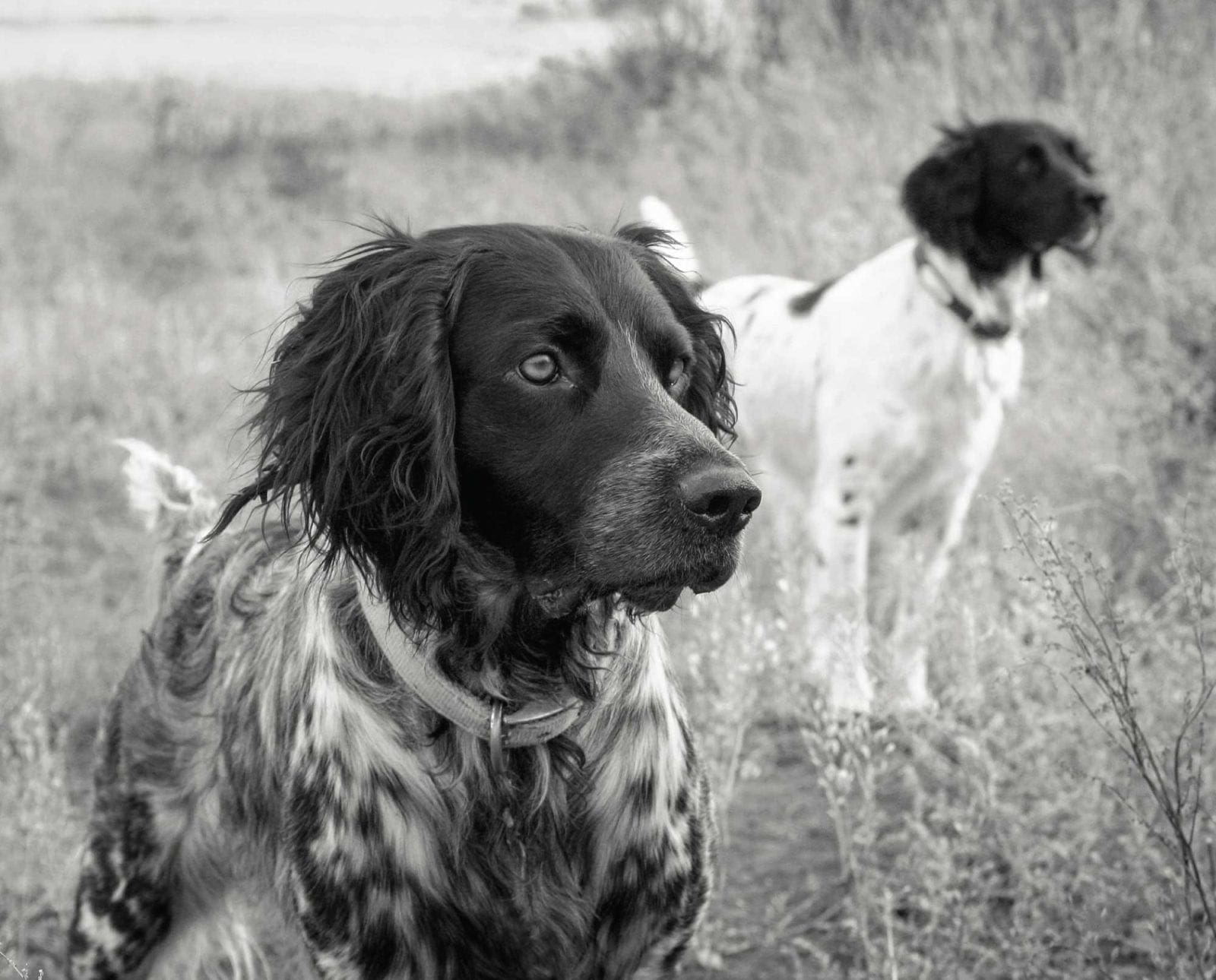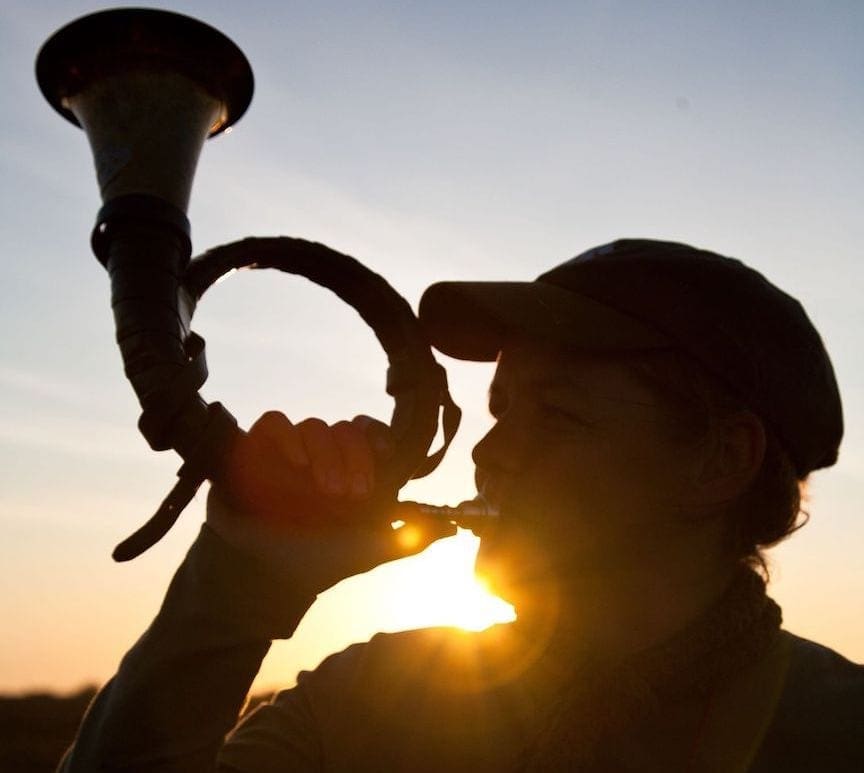Home » Project Upland Listen » Hunting Dog Confidential Podcast » East of the Rhine – Pointing Dog Breed Origins: HDC Episode #4
East of the Rhine – Pointing Dog Breed Origins: HDC Episode #4

Jennifer Wapenski is the Director of Operations and Managing Partner…
Exploring the origin of pointing dog breeds from continental Europe east of the Rhine
We are deep into talking about the origins of pointing dogs, looking back through history and discussing how dogs were developing alongside the hunting culture. In this episode, we focus on the development of hunting dogs east of the Rhine river: primarily in Germany, but also Hungary, Czech Republic, and Slovakia. Unlike what was going on across the river in France, these breeds owe their development to a qualification system of hunt tests, rather than competition through field trials.
LISTEN on Apple Podcast | Google Play | Spotify | Stitcher
Up until the early 1800s, this region was a collection of independent municipalities, each with their own wealthy lords and dukes. Hunting game was an exercise in excess; killing animals was done for sport without any thought of conservation or ethics. As the journey began to become a unified Germany, considerable effort was put into developing a system for an ethical and responsible approach to hunting game animals. As a result, there was a tremendous focus on using versatile dogs as conservation tools: the new dogs were to be used for tracking, recovering, and retrieving any shot game.
That focus on work “after the shot” has continued today. German breeds are particularly strong trackers and retrievers of both furred and feathered game, owing to this early focus on game recovery. In fact, Germany now places legal obligations on the hunter to ensure that their dog is properly tested and qualified to participate in the hunt. The idea of qualifying a hunting dog through a comprehensive testing system continues to this day, even making the jump to North America as NAVHDA.

Hunting in Germany looks a little different from hunting in North America, with more regulations and procedures to learn. Additionally, boar and deer are commonly targeted, usually through a method known as “Independent Forest Search”. Dogs are released into the forest to find game and drive it back toward the line of hunters. Special emphasis is placed on dogs that bark at the sight or scent of game, which alerts the hunters to the incoming animal.
Finally, we turn to the history of specific breeds from this region and share anecdotes from their development. How did the mantra “form follows function” lead to the development of the German Wirehaired Pointer? Why did the German Shorthaired Pointer practically overtake the North American versatile dog scene? How did a difference in color preference lead to the German Longhaired Pointer and the Large Munsterlander? Does the Small Munsterlander have a bit of a secret French accent? Why is it so difficult to find a Weimaraner from good hunting lines? Is the Pudelpointer the original designer dog? And finally, we step outside of Germany briefly to talk about the Vizsla: how do the Wirehaired and Hungarian Viszlas reflect the Hungarian people themselves?
Tune in to hear the stories, uncover the myths, and discover the history of the dogs that we know and love today.
Share | Comment, review and discuss this episode of the podcast in our Project Upland Community Facebook group.
Enjoy the show and don’t forget to rate, review, subscribe and share this podcast.
Hunting Dog Confidential is presented by Eukanuba Premium Performance Dog Food
Jennifer Wapenski is the Director of Operations and Managing Partner at Project Upland Media Group. She has a lifelong passion for the outdoors, dogs, and wildlife; as an adult, she discovered that upland bird and waterfowl hunting were natural extensions of these interests. What started as initial curiosity soon escalated into a life-changing pursuit of conservation, advocacy, and education. Jennifer serves in a variety of roles such as the Breed Warden for the Deutsch Langhaar—Gruppe Nordamerika breed club, on the board of the Minority Outdoor Alliance, and on an advisory committee for the Washington Department of Fish and Wildlife.





Great podcast with so much great history on the versatile breeds. Definitely worth the time to listen.
Thanks Zack. Appreciate the kind words; thanks for listening!
Such an interesting topic and a captivating presentation. History in the context of the dogs we love. Excellent!